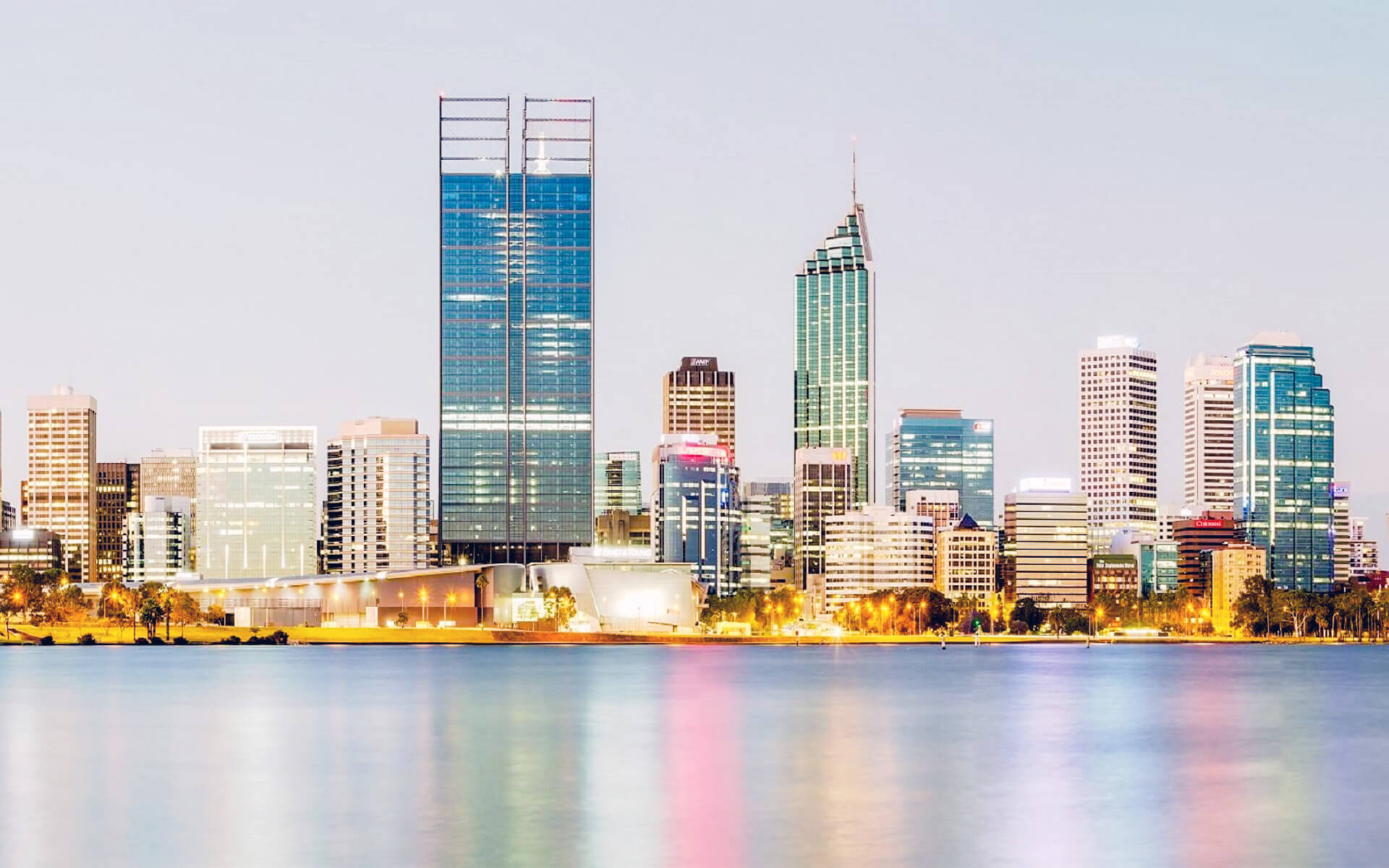Perth’s tourism industry contributes significantly to the state’s economy, with around 2.8 million domestic tourists and 0.7 million overseas visitors in the fiscal year ending March 2012. The city center, Fremantle, the shoreline, and the Swan River are all popular tourist destinations. In addition to the Perth Cultural Centre, the city is home to a variety of museums. The Scitech Discovery Centre in West Perth is an interactive scientific museum with rotating displays on a wide variety of science and technology topics. Scitech also hosts live scientific demonstrations and manages the Horizonplanetarium, which is located nearby. In Fremantle, the Western Australian Marine Museum shows maritime artifacts from various ages. Australia II, the boat that won the America’s Cup in 1983, is housed here, as is a former Royal Australian Navy submarine. The Army Museum of Western Australia, housed in a historic artillery barracks, is also in Fremantle. The museum is divided into exhibits that depict the Army’s engagement in Western Australia as well as the military service of Western Australians. The museum has a number of significant artifacts, including three Victoria Crosses. The Aviation Heritage Museum near Bull Creek has a notable collection of aircraft, including a Lancaster bomber and a Catalina of the kind flown from the Swan River during WWII. There are several historical sites in Perth’s CBD, Fremantle, and other metropolitan districts. The Round House in Fremantle, the Old Mill in South Perth, and the Old Court House in the city centre are among the oldest existing structures, dating back to the 1830s. The Heritage Council of Western Australia and local governments maintain major building registers. The Perth Mint is a late-period historic structure.
Murray Street and Hay Street are the main retail streets in Perth’s CBD. Between William Street and Barrack Street, both of these streets are pedestrian malls. Forrest Place is a pedestrian mall that connects Murray Street to Wellington Street and the Perth train station. Between Hay Street and Murray Street, there are many arcades, notably the Piccadilly Arcade, which hosted the Piccadilly Cinema until it closed in late 2013. Other shopping districts in Perth include Harbour Town in West Perth, which has factory outlets for major brands, the historically significant Fremantle Markets, which date back to 1897, and the Midland townsite on Great Eastern Highway, which combines historic development around the Town Hall and Post Office buildings with the modern Midland Gate shopping center further east. The core business district of Joondalup is mostly a commercial and retail sector bordered by townhouses and flats, and it also includes Lakeside Joondalup Shopping City. The State Government designated Joondalup as a “tourist precinct” in 2009, allowing for longer retail operating hours. The Swan Valley has multiple wineries, including the enormous complex at Houghtons, the state’s largest producer, Sandalfords, and many smaller businesses, including microbreweries and rum distilleries, due to its rich soil, which is unusual in the Perth area. The Swan Valley also has specialized food manufacturers, several restaurants and cafés, and roadside local-produce vendors selling seasonal fruit all year. Tourist Drive 203 is a circular route in the Swan Valley that passes through various sights along West Swan Road and the Great Northern Highway.
At 400.6 hectares, Kings Park in downtown Perth, between the CBD and the University of Western Australia, is one of the world’s biggest inner-city parks (990 acres). There are many landmarks and attractions within Kings Park, including the State War Memorial Precinct on Mount Eliza, Western Australian Botanic Garden, and children’s playgrounds. DNA Tower, a 15m high double helix staircase that mimics the deoxyribonucleic acid (DNA) molecule, and Jacob’s Ladder, a 242 step stairway that leads down to Mounts Bay Road, are two more attractions. Another inner-city park is Hyde Park, which is situated 2 kilometers (1.2 miles) north of the CBD. It was designated as a public park in 1897, formed from 15 hectares (37 acres) of the Third Swamp network of wetlands. Avon Valley, John Forrest, and Yanchep national parks are sections of protected wilderness on the city’s northern and eastern outskirts. Within the city’s northern suburbs is Whiteman Park, a 4,000-hectare (9,900-acre) bushland area, with bushwalking trails, bike paths, sports facilities, playgrounds, a vintage tramway, a light railway on a 6-kilometre (3.7 mi) track, motor and tractor museums, and Caversham Wildlife Park.
Perth Zoo, located in South Perth, houses a variety of Australian and exotic animals from around the globe. The zoo is home to highly successful breeding programs for orangutans and giraffes, and participates in captive breeding and reintroduction efforts for a number of Western Australian species, including the numbat, the dibbler, the chuditch, and the western swamp tortoise. More wildlife can be observed at the Aquarium of Western Australia in Hillarys, which is Australia’s largest aquarium, specialising in marine animals that inhabit the 12,000-kilometre-long (7,500 mi) western coast of Australia. The northern Perth section of the coastline is known as Sunset Coast; it includes numerous beaches and the Marmion Marine Park, a protected area inhabited by tropical fish, Australian sea lions and bottlenose dolphins, and traversed by humpback whales. Tourist Drive 204, also known as Sunset Coast Tourist Drive, is a designated route from North Fremantle to Iluka along coastal roads.


